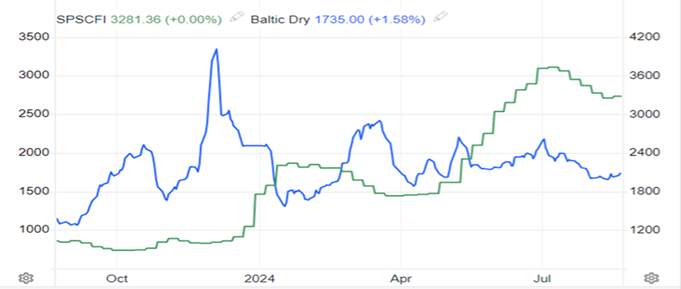Syria has long been a target of Neoconservative foreign policy. After the removal of Saddam Hussein from Iraq, Paul Wolfowitz, the leading Neocon ideologist, Deputy Defence Secretary under George Bush and an architect of the invasion of Iraq, said in 2003 that ”there will have to be a change in Syria”.The problems during the occupation of Iraq and the radical change in the American public opinion towards the conflict forced the Bush administration and Neoconservative circles to shelve their plans.
Original plan and first problems
In 2011, Obama assembled a mighty coalition, including France, the UK, Israel, Turkey, Qatar, and Saudi Arabia to finally remove Assad and bring “regime” change to the Syrian people, confirming the line of of “liberal interventionism” of the Bush years as Robert Kagan, another prominent Neocon ideologist, defines it.
In August 2013, following an alleged use of chemical weapons by the Assad government against rebels, Obama finally found his pretext to justify the invasion of Syria, obtaining the authorization for the use of force from the US Senate.The use of sarin by the Assad troops would later turn out to be a fabrication,much like Saddam’s never found weapons of mass destruction that the Bush Neocons had used as an excuse to justify the invasion of Iraq. Continue reading











